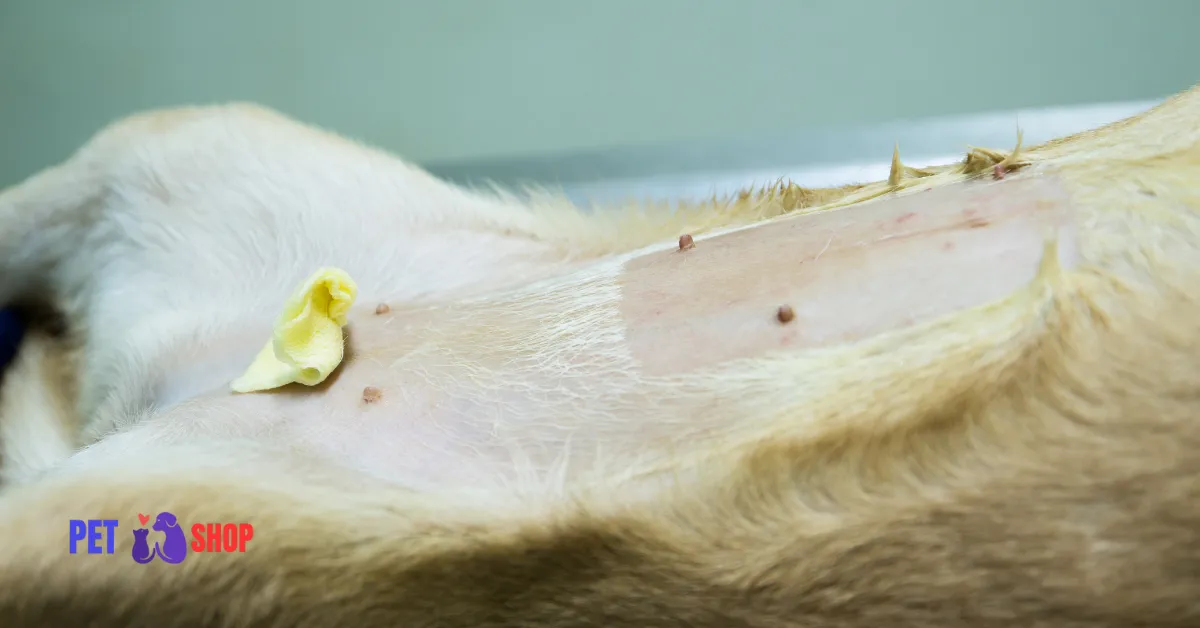The loss of a beloved pet is always a painful experience, and during this difficult period, many owners search for information regarding what happens to their animal’s body after death. One common question is quanto tempo depois de morto o cachorro fica duro? In this article, we will explain the process known as rigor mortis, how it applies to canines, and which factors may influence its development. By providing detailed information based on scientific insights and veterinary observations, we aim to clarify this phenomenon and address real doubts that arise in moments of grief and curiosity.
O Processo do Rigor Mortis em Cães
The rigor mortis, or postmortem muscular stiffening, is a natural process that occurs in most animals, including dogs, following death. This complex phenomenon happens due to a series of biochemical changes within muscle tissues. After the life-sustaining mechanisms cease, the production of adenosine trifosfato (ATP) also stops. In the absence of ATP, the muscles lose their capacity to relax after contraction, leading to a stiffness that gradually appears throughout the body.
Typically, in many mammals, o rigor mortis begins between 2 and 6 hours after death, although this period may vary. It represents a transient stage in the postmortem process and depends on numerous factors. Moreover, this stiffness is reversible under certain conditions before it is eventually replaced by the decomposition process. Due to its importance, understanding how and when the rigidity occurs in dogs can be crucial for both veterinary practice and forensic studies.
Como o Rigor Mortis se Desenvolve
When the metabolism of a dog stops after death, enzymes that facilitate muscle contractions no longer receive energy, causing the muscles to remain in a contracted state. In the first phase, the body is flaccid, but as the biochemical changes progress, the structural proteins accumulate in a fixed pattern. As a result, the animal’s body becomes rigid. It is important to note that o rigor mortis is part of a natural sequence of events: it is temporary and will last only until the onset of decomposition.
Furthermore, environmental conditions can accelerate or delay the process. In general, higher ambient temperatures tend to promote a faster onset and duration of the rigor, while lower temperatures might retard or prolong these phases. This variability makes it essential to consider the context of the surrounding environment when assessing postmortem changes in canines.
Fatores que Influenciam o Rigor Mortis nos Cães
Various factors can influence how quickly and intensely the rigor mortis appears in dogs. These elements range from biochemical aspects to external environmental variables. Understanding these points is key for veterinary examiners and pet owners who seek to know more about the natural course following a pet’s death.
- Temperatura Ambiente: High temperatures tend to speed up the onset and duration of the rigor, while cold temperatures have the opposite effect.
- Condição Física do Animal: The overall health and muscle mass of the dog can influence the speed and intensity of the change.
- Metabolismo e Reservas Energéticas: Dogs with different metabolic rates may experience a varied time frame until the ATP depletion necessary for the rigor mortis begins.
- Intervenções Externas: Fatores como a exposição a produtos químicos, o ambiente onde o animal foi encontrado e até a forma de sepultamento podem afetar as transformações musculares.
These factors underscore the complexity of rigor mortis. It is essential to interpret them conjointly because they interact, making the postmortem process unique to each instance. Consequently, a standardized timeframe such as “x horas” post death might not truly apply in every situation.
Estudos Científicos e Observações Importantes
Diversos estudos científicos têm investigado o rigor mortis em animais, visando definir padrões e identificar variáveis relevantes para a prática forense e médica veterinária. Research papers and forensic examinations of deceased canines show that, in general, the rigor mortis typically begins between 2 and 6 hours after death, lasting for up to 48 hours before it gradually gives way to decomposition.
It is crucial to underline that many variables are involved, as observed in experiments carried out under controlled conditions versus those in natural outdoor settings. The examination of differences among individual cases has elucidated that the dog’s breed, age, and even the manner of death (sudden versus prolonged terminal illness) can somehow modulate the degree and pace of the rigor process.
Furthermore, in the context of forensic investigations, the study of rigor mortis may aid in establishing an approximate time of death. This information is particularly relevant in legal cases or in investigations where the determination of the postmortem interval is essential. As a result, it becomes imperative to hone our understanding of this phenomenon and to realize that each situation should be interpreted considering all available evidence.
Aspectos Relevantes para a Medicina Veterinária
Although the phenomenon of rigor mortis might seem merely procedural, its implications for veterinary practice are significant. Knowing quanto tempo depois de morto o cachorro fica duro helps veterinarians to differentiate between various stages of decomposition and contributes to establishing a timeline in forensic examinations. Additionally, it offers insights into the biochemical reactions occurring within the animal’s body after death.
For professionals in veterinary medicine, the study of postmortem changes is an essential tool for understanding disease progression and the body’s response after death. Some of the benefits include:
- Análise Forense: Accurate estimations regarding the timing of death are crucial in forensic contexts, providing evidence in cases of neglect or foul play.
- Aprimoramento dos Protocolos Veterinários: The timing of rigor mortis serves as a reference for determining the ideal time for autopsies and other postmortem examinations.
- Educação e Pesquisa: The knowledge of postmortem physiological changes contributes to expanding the scientific foundation for future research in veterinary pathology.
Understanding the rigor mortis in dogs not only supports forensic investigations, but it also aids the veterinary community in maintaining protocols that ensure the best practices in handling deceased animals and advising bereaved pet owners.
A Importância da Observação Detalhada
In clinical practice, a detailed observation of rigor mortis stages can sometimes reveal additional insights about the animal’s health at the time of death. For instance, when comparing animals that died during a terminal illness with those that died abruptly, different progressions of rigor mortis can be noticed. Such insights are not only important for academic research but also for improving clinical practices in veterinary medicine. Detailed documentation of the onset, peak, and resolution of rigor remains a key aspect in ensuring robust, evidence-based veterinary care.
Moreover, as technology advances, the use of imaging techniques and biochemical assays is being integrated into the study of postmortem changes, allowing for a more nuanced understanding of rigor mortis. These technological innovations support an objective evaluation and thereby contribute to more accurate estimations of the time since death.
Aspectos Culturais e Emocionais Relacionados ao Tema
A questão de quanto tempo depois de morto o cachorro fica duro não é apenas uma preocupação científica ou médica, mas também possui uma dimensão emocional e cultural. Para muitos tutores, o desaparecimento do animal de estimação representa um momento de profunda tristeza e questionamento. Saber como o corpo do amigo fiel se transforma pode ajudar a preparar os corações para os rituais de despedida.
Além disso, diversas culturas possuem rituais específicos e crenças associadas ao cuidado com os animais falecidos. A compreensão do processo natural de rigor mortis pode proporcionar um consolo para aqueles que buscam uma explicação lógica para os eventos que ocorrem após a perda, reforçando a importância da ciência para esclarecer fenômenos que poderiam ser envoltos em mistério ou superstição.
Thus, even when the discussion is grounded in technical aspects, it is important to maintain a humanistic perspective that values empathy and sensitivity. The gradual loss of flexibility in the body of the pet symbolizes, in many instances, a final moment do ciclo de vida, no qual a despedida torna-se inevitável e natural.
Considerações Finais
In conclusion, understanding the phenomenon of rigor mortis in canines is essential for both scientific and emotional reasons. The process, which typically begins between 2 and 6 hours after death, reflects a series of biochemical changes leading to muscle rigidity. However, as emphasized throughout this article, the timeframe can vary depending on several factors such as ambient temperature, the physical condition of the animal, and specific circumstances surrounding the death.
For veterinary professionals and forensic investigators, analyzing the stages of rigor mortis is a key element in estimating the time of death and advancing scientific research. For pet owners experiencing loss, comprehending this natural occurrence can provide a valuable context for the changes observed in the departed animal’s body, transforming scientific facts into a source of understanding and acceptance.
Ultimately, the study of postmortem changes like rigor mortis not only deepens our scientific knowledge but also bridges the gap between clinical practice and the emotional realities of pet bereavement. By integrating technical insights with compassion, professionals can better support those facing the painful process of saying goodbye to a cherished companion.
Links para:



